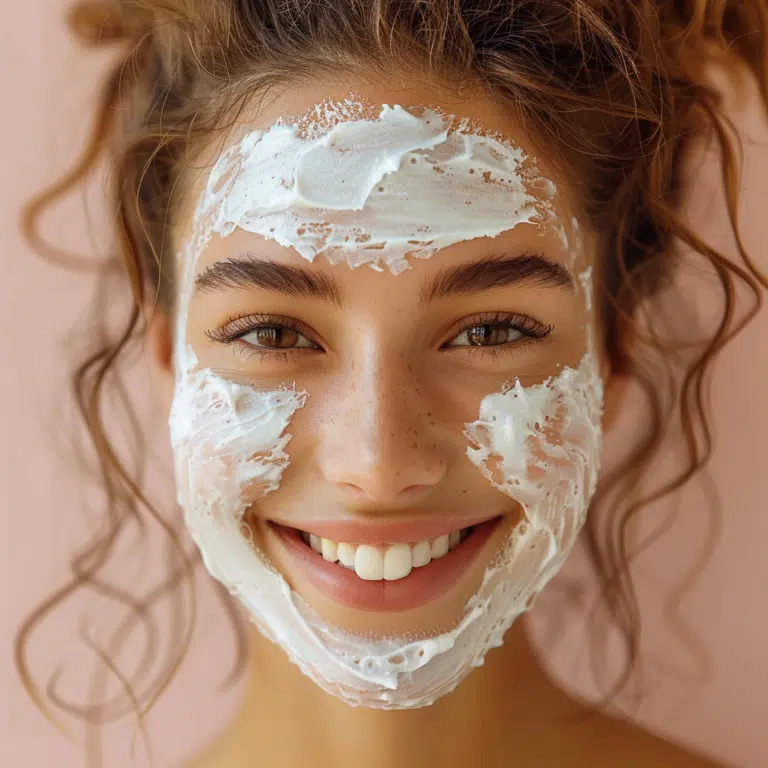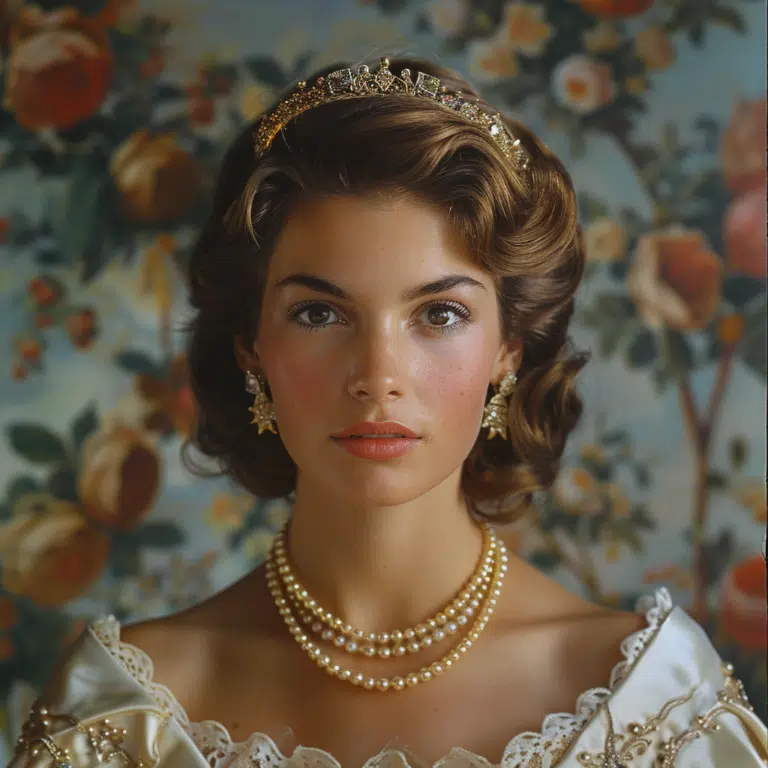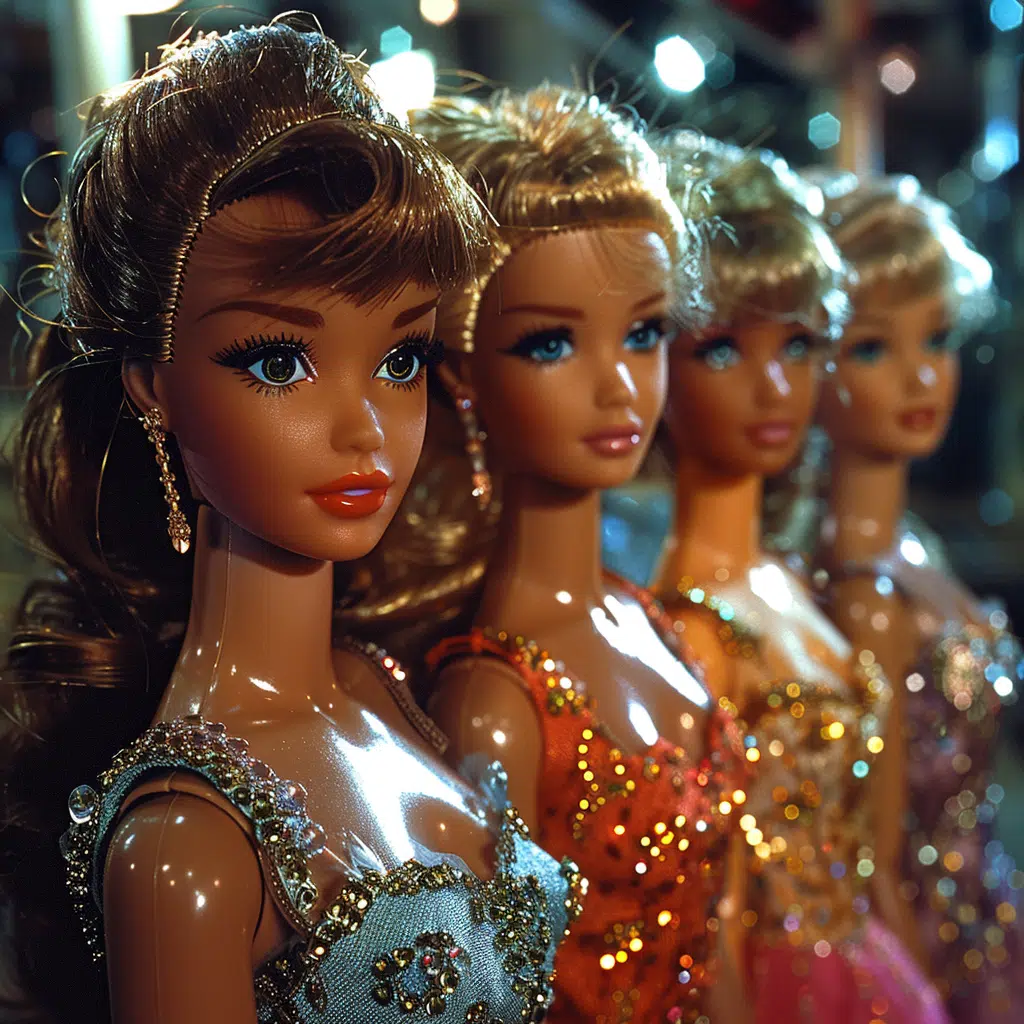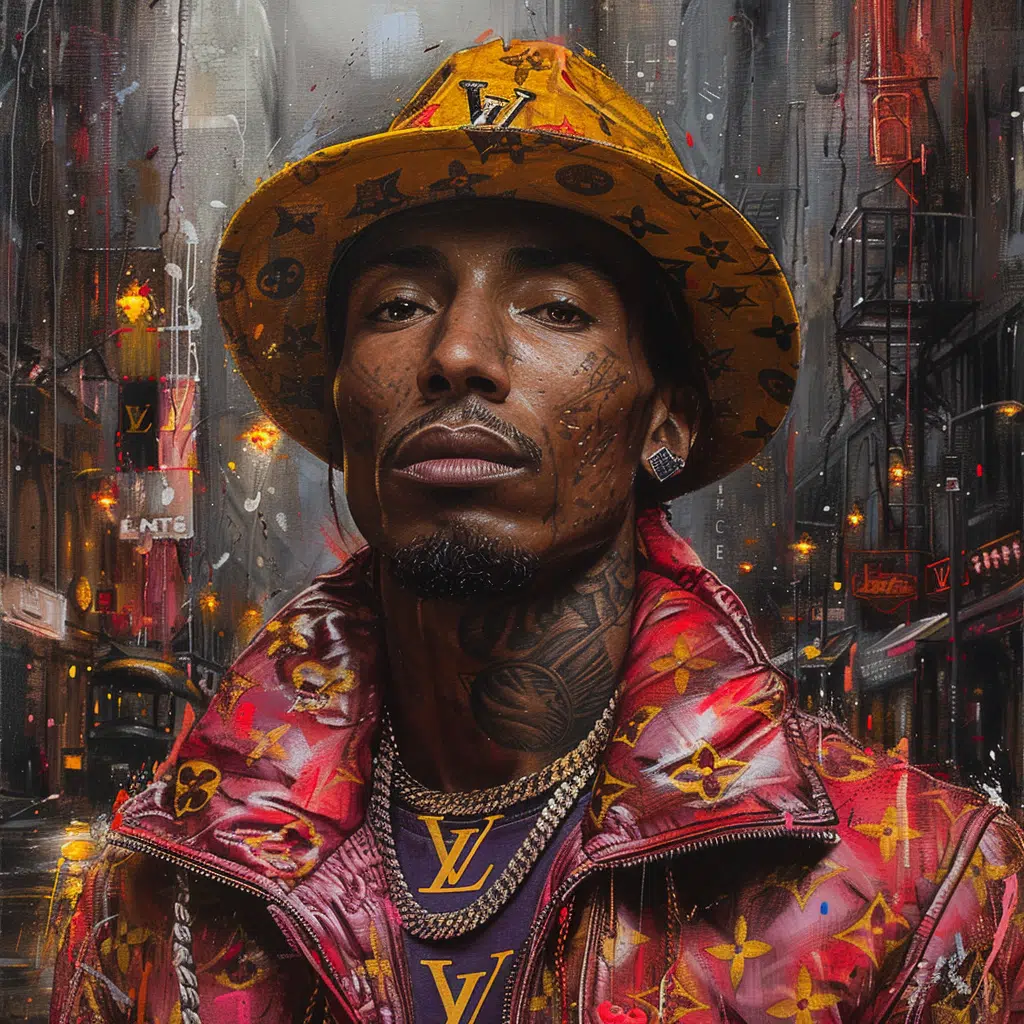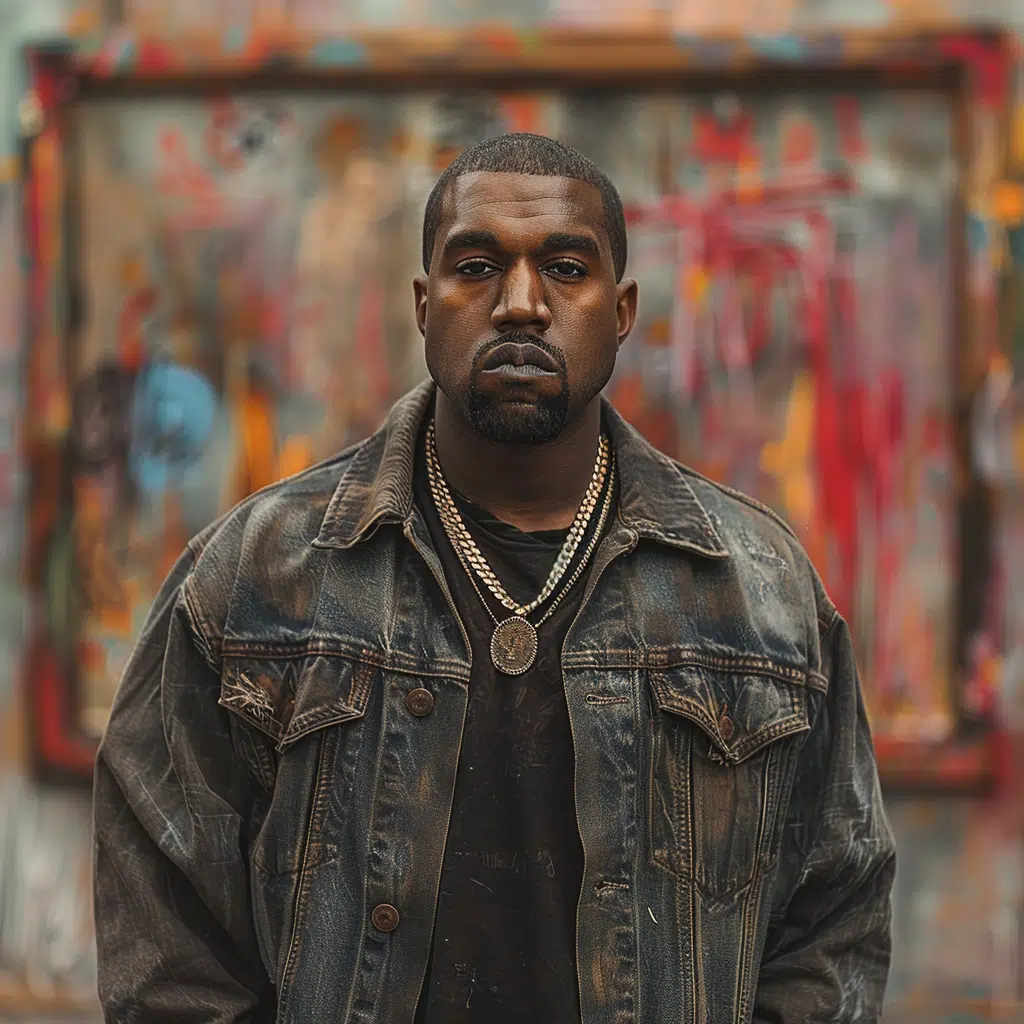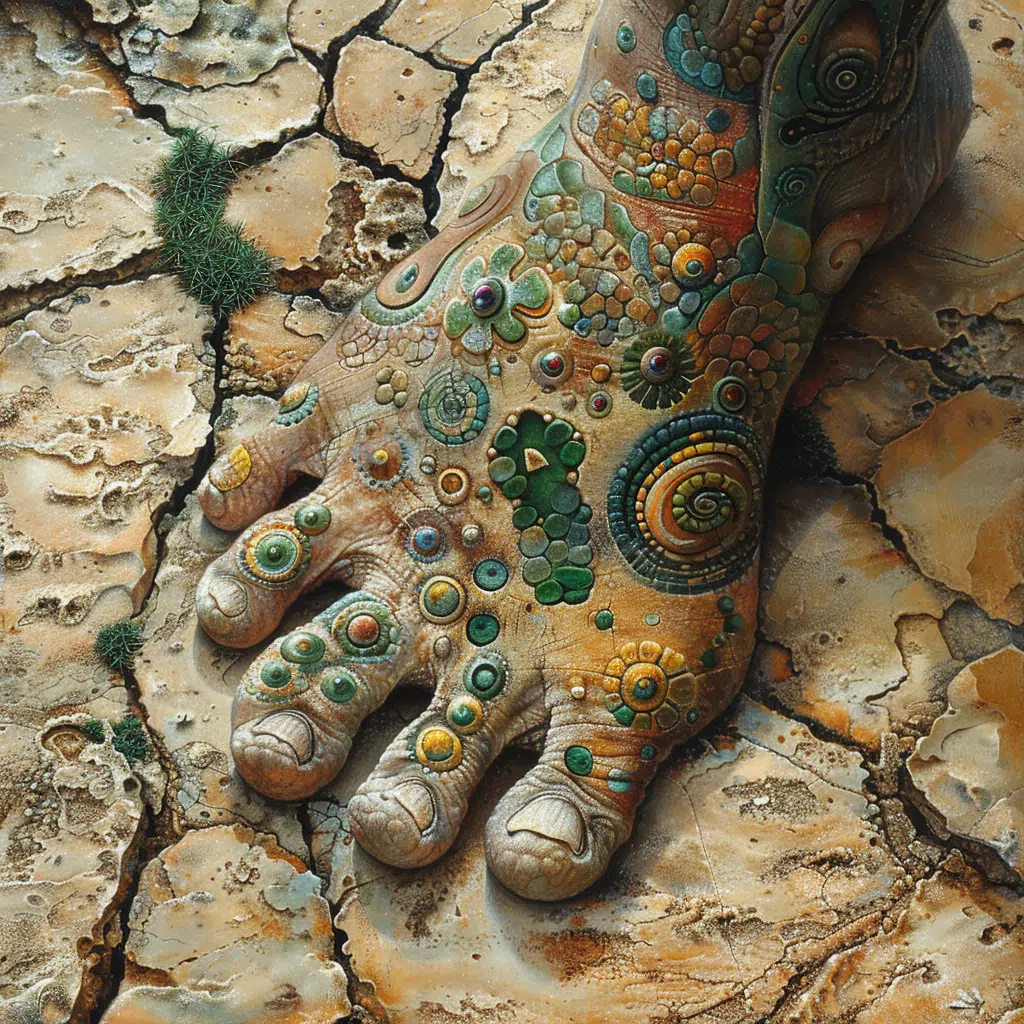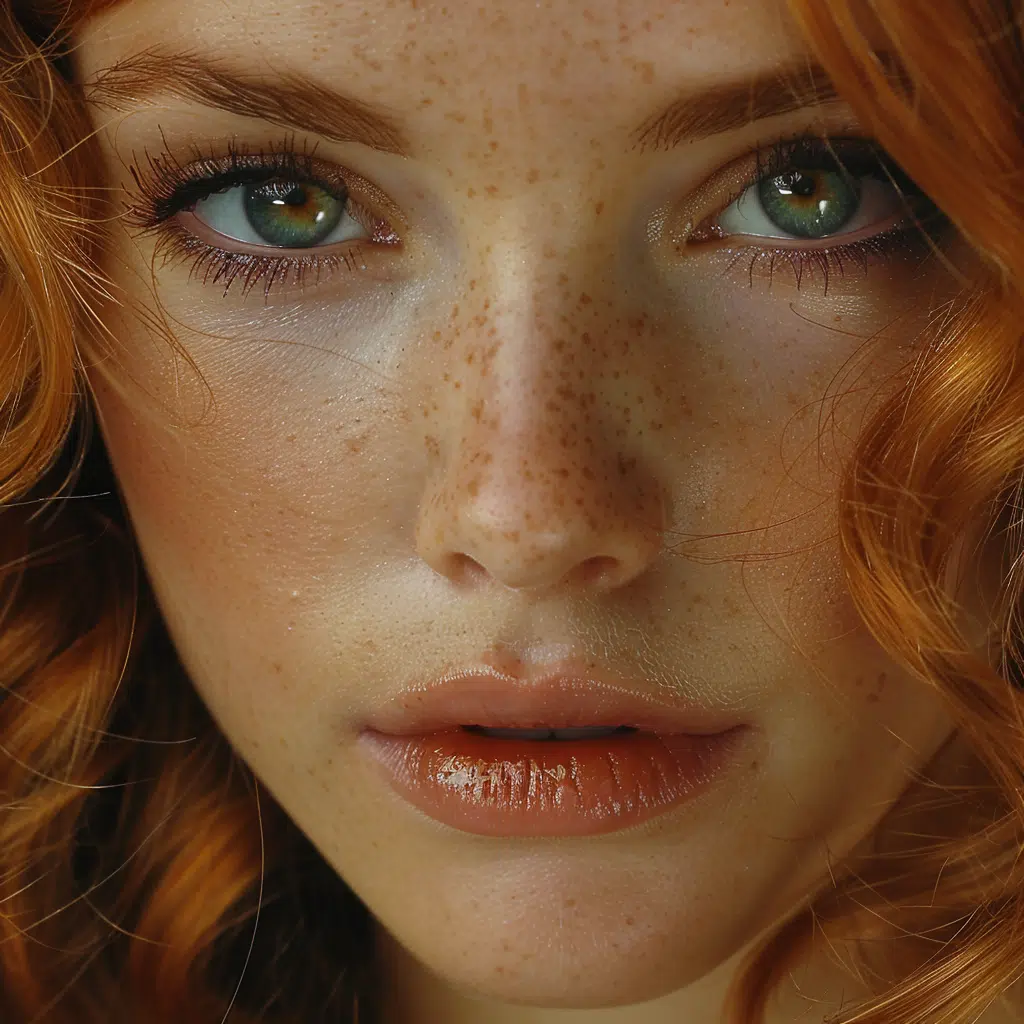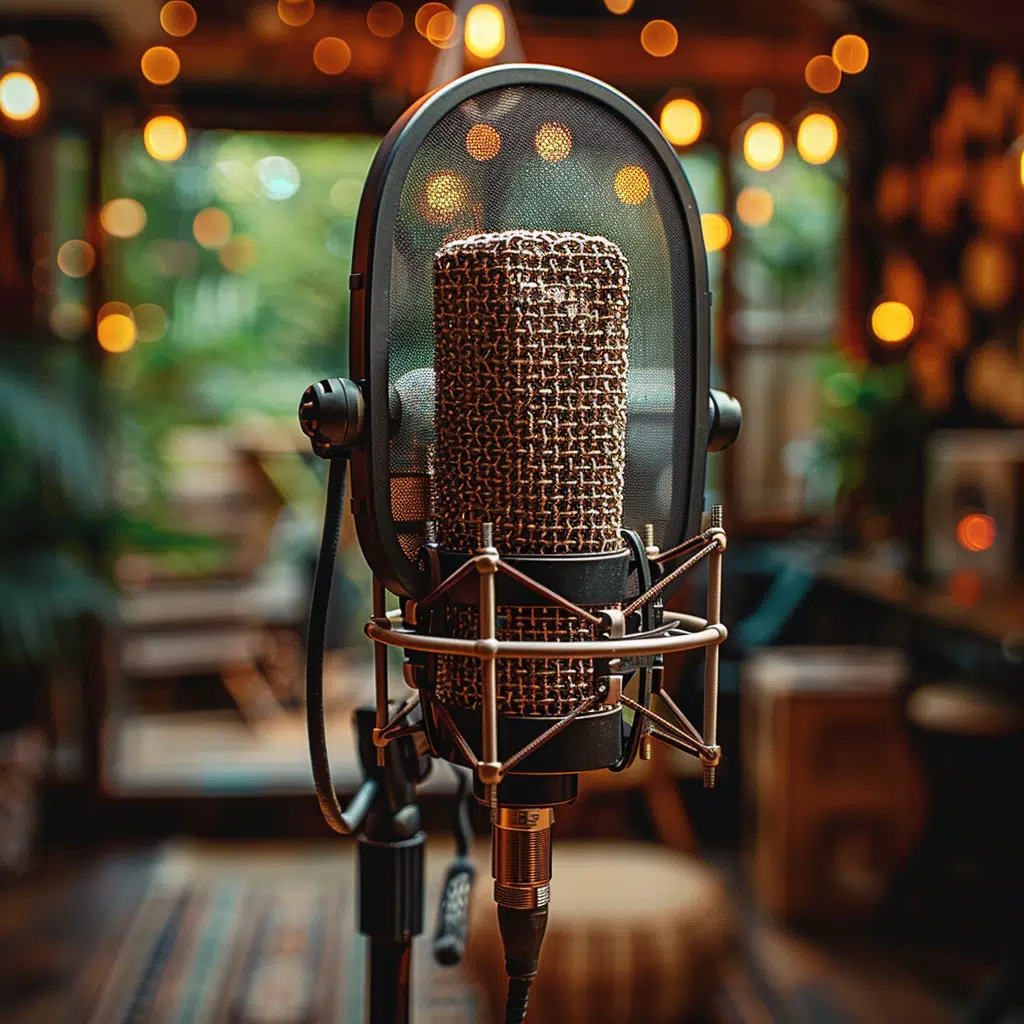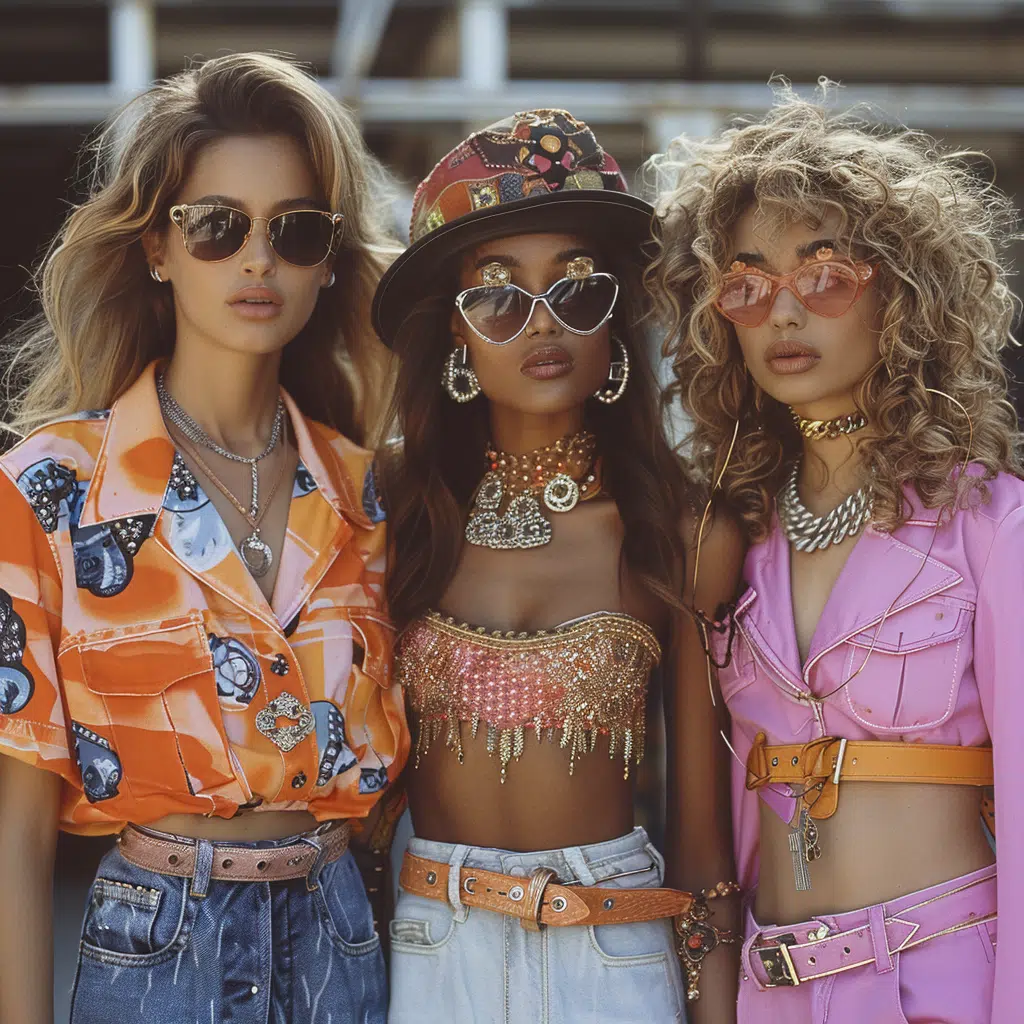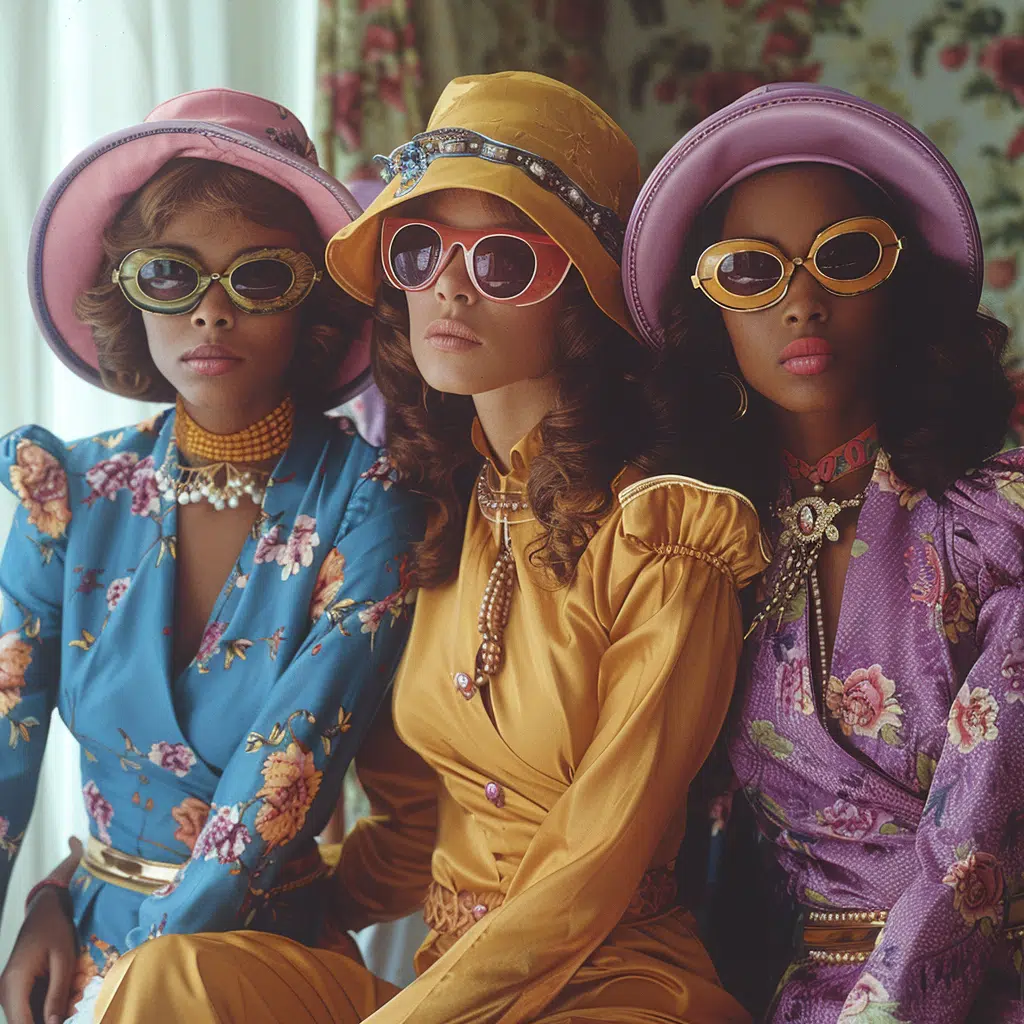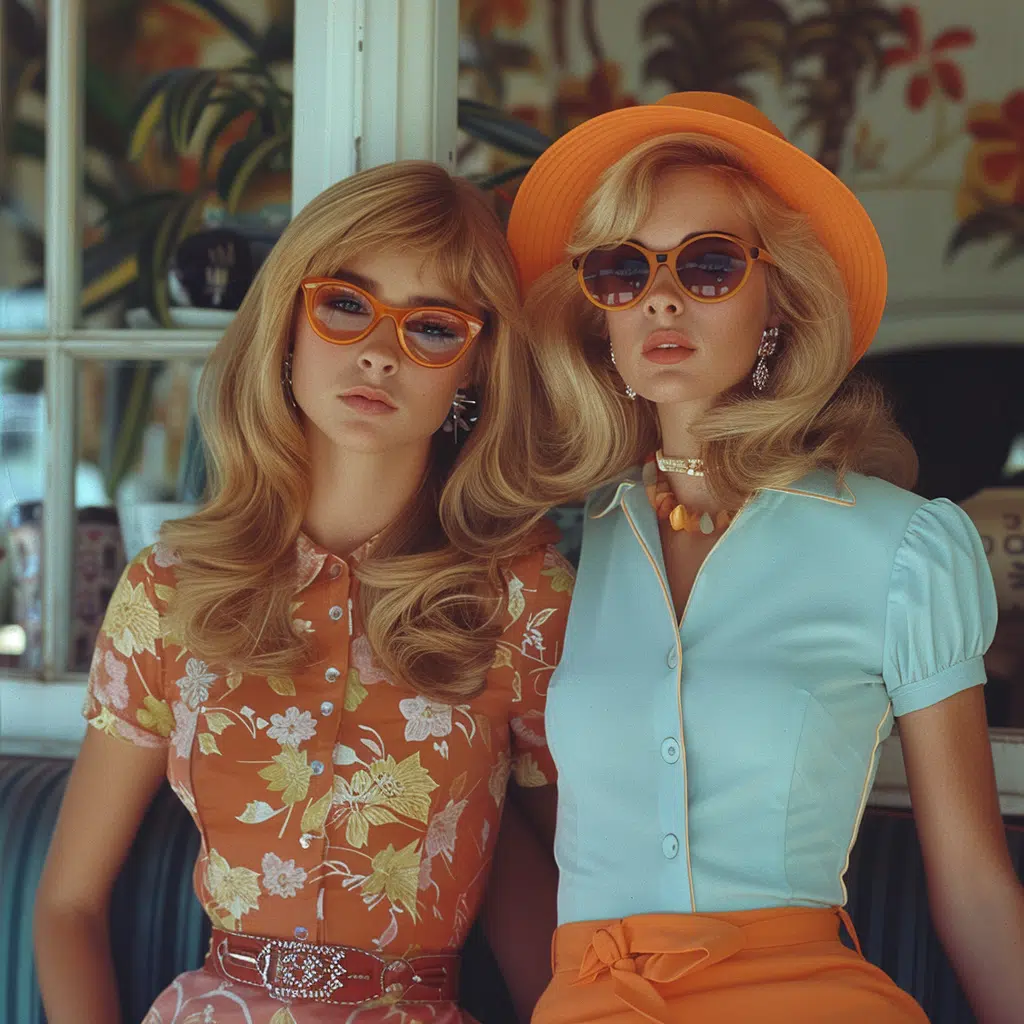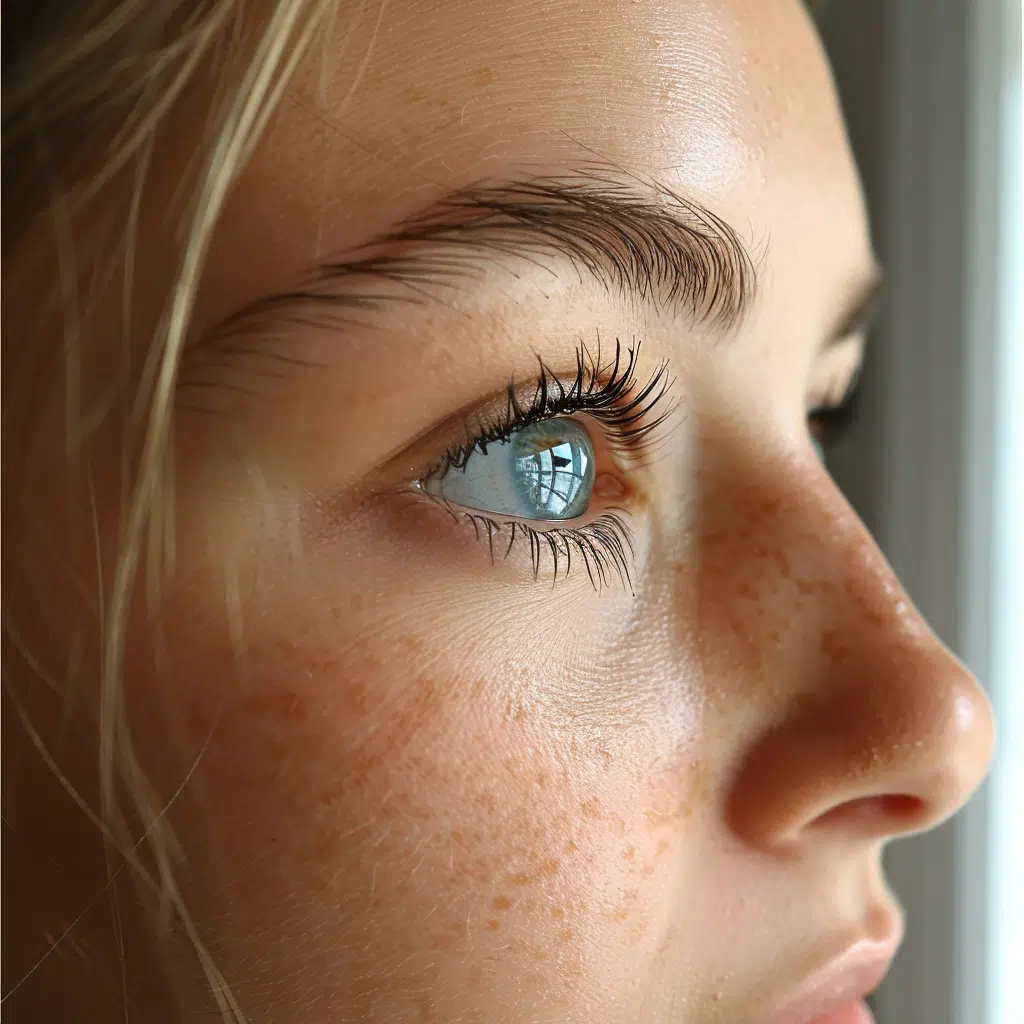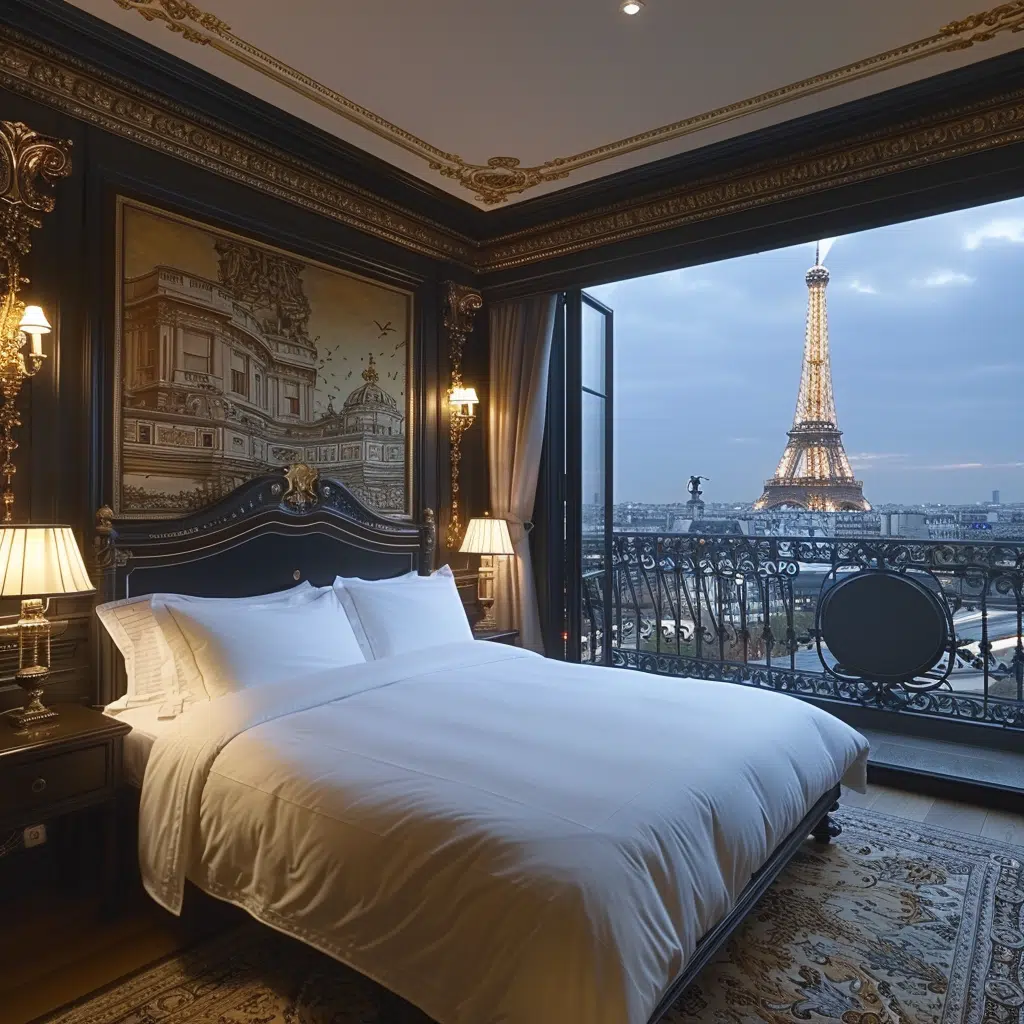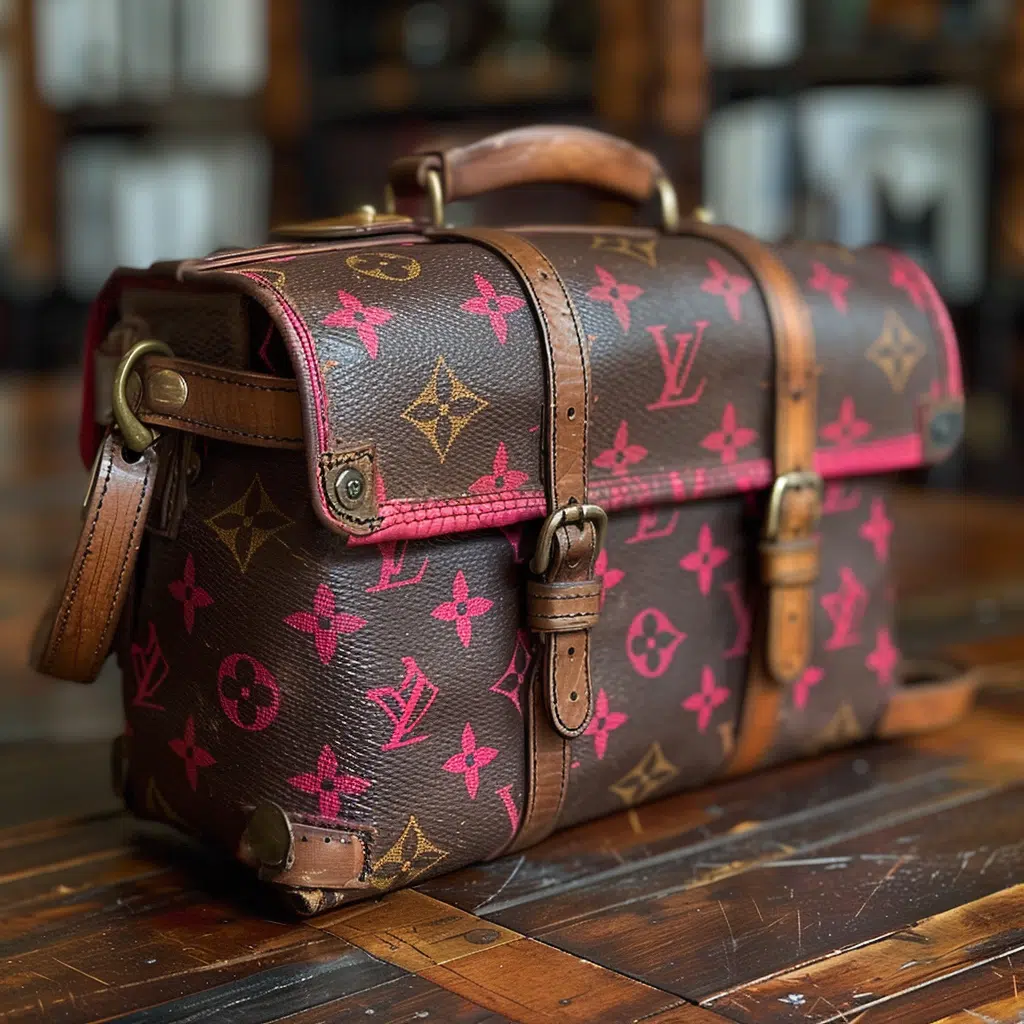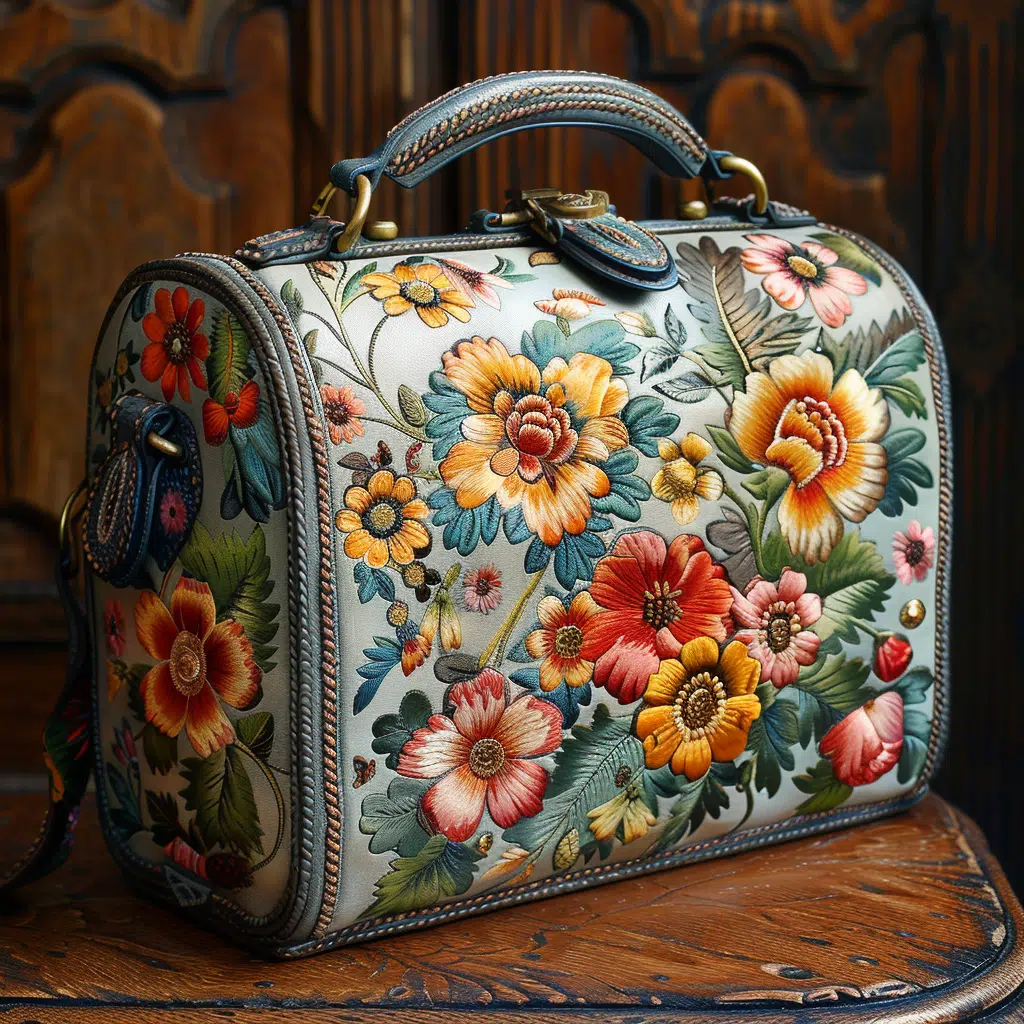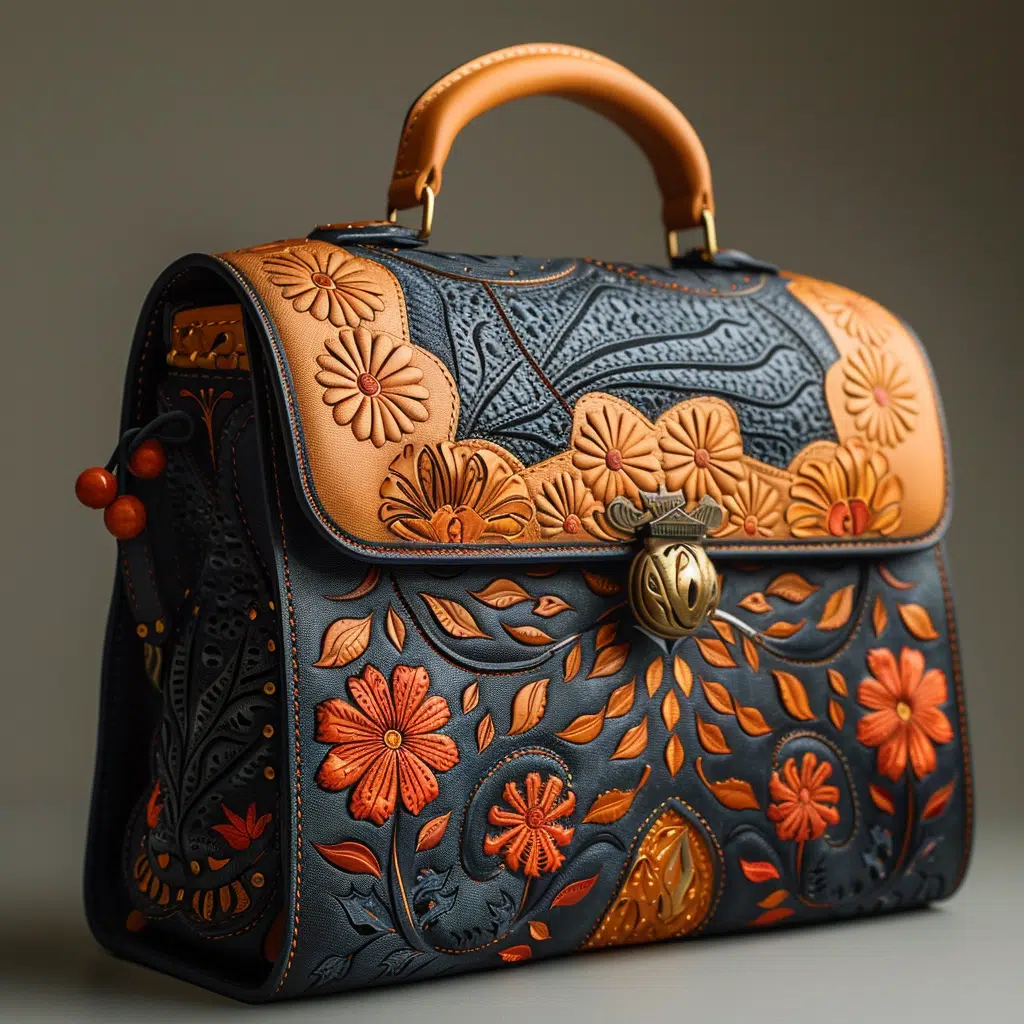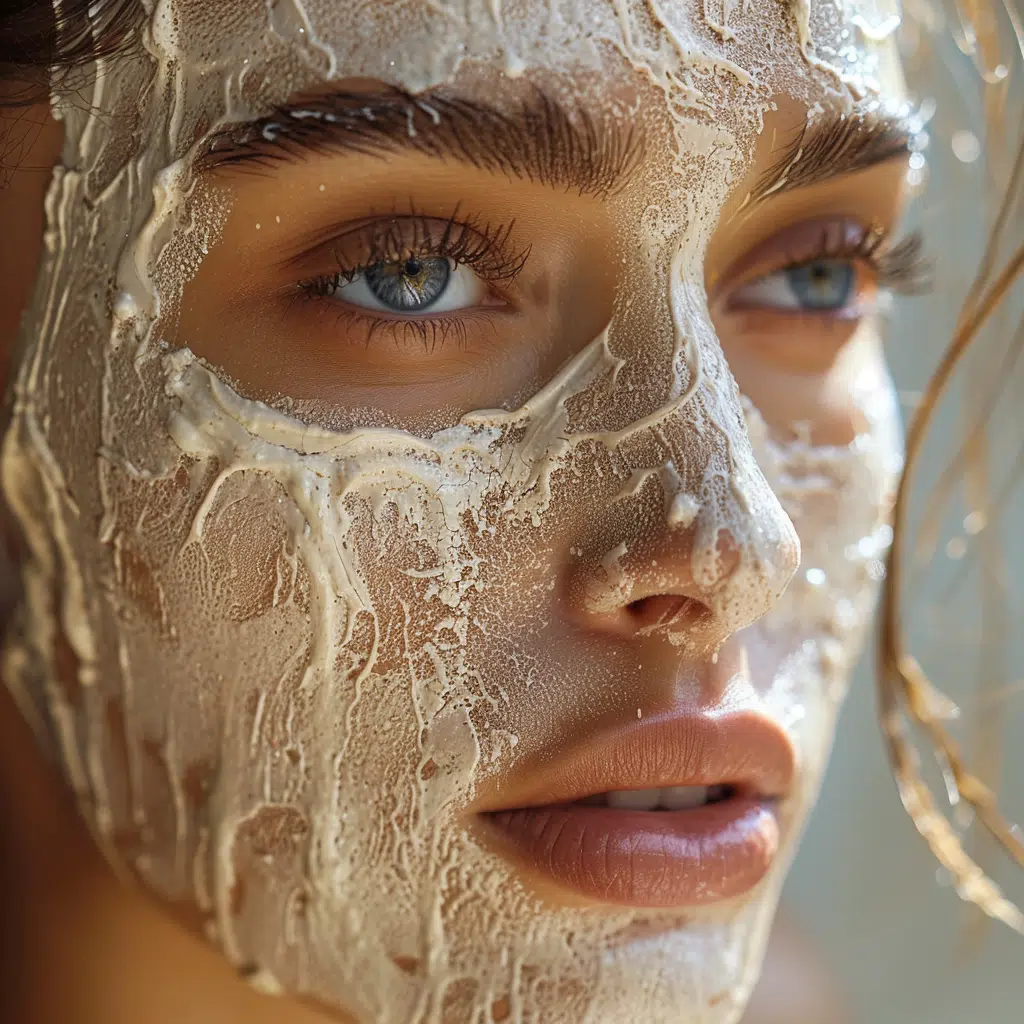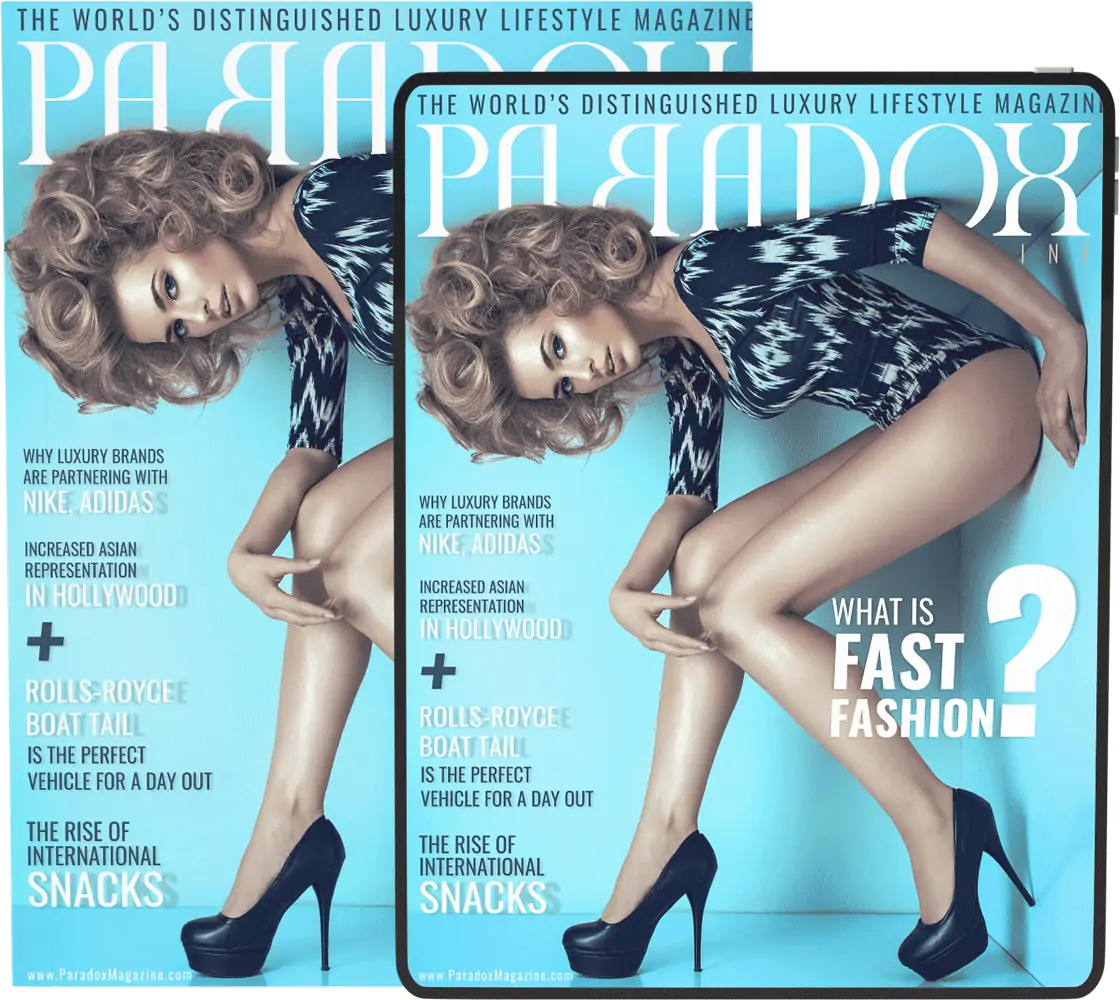Dive headfirst into the enchanted world of ballet, where every pirouette and plié hinges on the delicate foundation that is the ballet shoe. In 2024, this foundation is not just about aesthetics; it is a blend of tradition, innovative technology, and an expression of personal style. Let’s pirouette into the intricacies of finding the ballet shoes that will elevate your performance to standing ovation status.
How to Choose the Perfect Ballet Shoes for Your Dance Journey
Ah, the quest for the perfect ballet shoes – it’s akin to finding the Holy Grail for dancers. Hours of barre work, rehearsals, and, yes, a few blisters, are all in a day’s work. Choosing the right ballet shoes involves more than just grabbing the prettiest pair; it’s about materials, fit, and durability that stand the test of a rigorous performance schedule.
Today’s ballet shoes are like the Montreal Expos; they’re a significant comeback story full of grit and grace. Leather, still the traditionalist’s choice, offers durability and molds to the foot. Canvas, on the other hand, is like the girl Moaning with relief after a long day, as it allows the feet to breathe and is often lighter in weight.
2024’s ballet shoes have their fingers on the pulse of technology too. Innovations have been plentiful in the inter Vivos trust of ballet gear. So what complements your dance journey best? Begin with traditional full-sole shoes if you’re introducing your feet to the rigorous demands of ballet. When ready, transition to split-sole designs, which ensure flexibility and emphasize the foot’s contour. Options abound, from the whisper of shank in a demi-pointe to the sturdy stealth of a full shank fit for center stage.
TXJ Sports Ballet Shoes for Women Girls, Women’s Ballet Slipper Dance Shoes Canvas Ballet Shoes Yoga Shoes Light Pink

$14.99
The TXJ Sports Ballet Shoes for Women Girls offer an exquisite blend of comfort and functionality for dancers ranging from beginners to advanced. Exuding a graceful light pink hue, these ballet slippers align with the classic aesthetic of the dance discipline, while the premium quality canvas material provides a breathable and flexible experience for lengthy rehearsals and performances. The slippers feature a durable and soft suede sole, designed to facilitate smooth movements and provide adequate support for the wearers’ feet, ensuring a perfect balance between grip and slip.
Designed with the dancer’s need for a snug, yet comfortable fit in mind, the TXJ Sports Ballet Shoes incorporate an adjustable elastic drawstring and pre-sewn criss-cross elastic straps that wrap around the foot to enhance stability. This design allows for a customized fit that accommodates a wide range of foot shapes and sizes, making them suitable for women and girls alike. Moreover, their lightweight construction alongside the thin, yet resilient sole enables dancers to feel the floor beneath them, an essential factor for perfecting technical skills. These versatile shoes double as ideal companions for yoga and other fitness activities, making them a multifaceted choice for any dance or exercise enthusiast.
Expert’s Take: What Professional Ballerinas Wear On Stage
Let’s turn to the experts—those ethereal beings who glide across the stage making the impossible look effortless. Professional ballerinas, much like racehorses in their prime, wear brands that are tried and trusted.
Gone are the days when a professional pointe shoe was a singular option. Now, $50 might get you an entry-level model, but a real workhorse of a shoe can command upwards of $150. And that’s before adding in the ribbons, elastics, and toe pads. Bloch and Capezio are akin to motorcycle boots for men—resilient in the rugged landscape of rehearsals and performances. And believe me, darling, when Misty Copeland offers her seal of approval on a pair of Capezios, you sit up and take notice.
| **Aspect** | **Detail** |
|---|---|
| Type of Shoe | Pointe Shoes, Full-Sole Ballet Shoes |
| Purpose | Allow ballerinas to dance on the tips of their toes (Pointe); to practice basic ballet techniques and footwork (Full-Sole) |
| Construction (Pointe) | Flat, stiff front; Box constructed of layers (burlap, cardboard, paper); Shank made of leather; Canvas, satin upper; Leather or suede outsole |
| Construction (Full-Sole) | Complete sole design; Usually leather, canvas or satin upper |
| Cost (Pointe) | Professional: $50-$150; Average: $80-$90 (excluding accessories) |
| Cost (Full-Sole) | Varies; typically less expensive than pointe shoes |
| User Level (Pointe) | Intermediate to Professional Dancers |
| User Level (Full-Sole) | Beginners |
| Accessories | Ribbons, elastic bands, toe pads |
| Sizing | Measure foot from heel to toe for correct size; Order 1 size larger than street shoe; Sizes run 2-3 sizes smaller |
| Weight | Average pointe shoe weighs about 5 ounces |
| Materials | Cotton, cotton-satin (for breathability and absorption) |
| Color Conventions | Women: Pink; Men: White or Black; Skin colored for modern ballet |
| Sole Variants | Full sole; Split sole (for greater flexibility) |
| Pointe vs. Ballet Shoes | Pointe shoes have a box and shank; Ballet shoes do not |
| Total Sizes Offered | Capezio: 94 different sizes |
| Flexibility | Split soles provide more flexibility |
| Esthetics | Skin colored slippers give appearance of dancing barefoot |
Innovative Features in Today’s Ballet Shoes
Now, for a veritable feast of features that would make even the best walking shoes For men turn a shade of orange hair with envy. We’re talking features that revolutionized ballet shoes in recent years:
Durability and Cost-Effectiveness: What’s the Best Buy?
Ballet, much like fashion, can be punishing on both the body and the wallet. So when it comes to finding value in ballet shoes, we look for a summer fling in terms of romance but a marriage in terms of commitment. We desire a shoe that makes us look good without the constant need to replace.
The average cost for a decent pair runs you $80 to $90, with Dancewear Central recommending ordering one size larger than your street shoe size for perfect fit. Seek out shoes with a promise of longevity, like those with a full leather sole, and remember, darling, the best investment is one that doesn’t just dance through a single season.
Capezio Women’s Leather Juliet Ballet Shoe Flat, Light Pink,

$42.20
Crafted with precision for the dedicated dancer, the Capezio Women’s Leather Juliet Ballet Shoe embodies both elegance and functionality. This flat, constructed from high-quality, lightweight pink leather, is designed with a unique sculpted arch that enhances the dancer’s pointe while providing exceptional support. The split-sole design of the shoe increases flexibility, allowing for graceful movement and an extension of the dancer’s lines, while the moisture-absorbent brushed polyester/cotton lining ensures a comfortable fit during long hours of rehearsals or performances.
Attention to detail is evident in every stitch of the Capezio Juliet Ballet Shoe, with its form-fitting, seamless construction that hugs the contours of the foot, minimizing bulk and creating a sleek profile. Pre-attached crisscross elastics ensure a secure fit without the need for additional adjustment, granting dancers the convenience of slip-on wear. Light pink in color, the shoe embodies the traditional aesthetic of the ballet world, making it a timeless addition to any dancer’s wardrobe. With its combination of durability, comfort, and undeniable style, this shoe is an exquisite choice for ballet students and professionals alike.
Top Picks: Ballet Shoes That Have Stolen the Limelight in 2024
Here are the contenders that have sashayed into the limelight this year:
How the Right Ballet Shoes Can Enhance Your Performance
In ballet, much like in life, the details make the difference:
And let’s not forget the confidence boost that comes with slipping your foot into a shoe crafted for you. It’s akin to the first brush of velvet against the skin – transformative.
Feet First: Prioritizing Health with the Right Ballet Shoes
Never, I repeat, never underestimate the importance of supreme fit for your ballet shoes. You want your feet to sing, not scream, my dears. Listening to your body and recognizing when shoes are past their prime is pivotal.
Frequent replacements might sting the wallet, but consider it your insurance policy against long-term injuries. Seek a fit that cups each toe with the tenderness of a first love. And when it comes to care, a dancer’s feet deserve the equivalent of a spa day: resting, stretching, and proper hygiene.
Stelle Ballet Shoes for Girls Toddler Ballet Slippers Soft Leather Boys Dance Shoes for ToddlerLittle KidBig Kid (Ballet Pink, T)

$10.99
The Stelle Ballet Shoes for Girls are the perfect choice for any budding ballerina, designed to cradle tender growing feet in comfort while providing the support necessary for ballet training. Crafted from high-quality soft leather, these ballet slippers feature a full sole design which is ideal for young dancers who require added resistance to strengthen the muscles in their feet. The pre-sewn elastic strap and adjustable drawstring ensure a snug, secure fit, which enables the dancers to focus on their form and technique.
Available in the timeless shade of ballet pink, these slippers are appropriate for a range of dance classes and examination standards, making them a versatile addition to any dance wardrobe. Offered in sizes that cater to toddlers, little kids, and big kids (T), the Stelle Ballet Shoes accommodate dancers at varying stages of their dance journey. The durability and classic design of these shoes mean they can gracefully endure the rigorous routines of dance practice, ensuring they are a reliable choice for both parents and young dancers alike. Whether for a dance class, recital, or just practicing at home, these ballet shoes are an essential tool for every young dancer’s development.
From the Studio to the Stage: Ballet Shoes Across Different Venues
The difference between studio and stage shoes is like the difference between your favorite rehearsal leotard and the gown you wear to the Met Gala – both essential, yet tailored to distinct settings.
For rehearsal, think durability. A shoe that can withstand the rigors of daily use is like the trusty chaise lounge you collapse into after a long day. Performance shoes, meanwhile, must sparkle under the stage lights; they’re the statement piece, the ounce of flair that completes the picture.
Footnote: Embracing Tradition and Innovation in Ballet Footwear
As we curtsey on our journey through the splendid world of ballet shoes, let’s remember that they are far more than just attire. Ballet shoes represent a sacred lineage, each stitch a note in an ongoing symphony of grace.
The year 2024 has showcased that one can revere the past while stepping boldly into the future. This delicate dance between tradition and innovation is witnessed in the evolution of the ballet shoe—sometimes understated, other times audacious, but always, always magical.
To our dear readers embarking on this joyous plight of picking the perfect pair: we heartily impart knowledge to wed with your passion, ensuring that when you next rise on pointe, you do so with the confidence that comes from impeccable choice. Rise, darling, on tiptoes kitted in the finest, and dance into history.
The Intricate World of Ballet Shoes
Ah, ballet shoes! They’re far from the rugged treads of motorcycle Boots men rave about, but they sure do have their own set of hardcore fans. Who would’ve thought that those delicate slippers could share a shell of toughness with their leather-clad cousins from the biking world? Now, don’t get it twisted; while they’re both crafted to provide essential support, the comparison pretty much ends there. Ballet shoes are the unsung heroes of the dance world, offering a combination of grace and functionality that allows dancers to glide effortlessly across the stage.
Hold your horses! Before we pirouette further, let’s drop a little trivia nugget: did you know that the first ballet shoes were heels? That’s right, back in the 17th century, dancers performed in footwear that was pretty similar to what we might now find at a fancy schmancy soirée! Imagine rocking up to your ballet class in a pair of Louis XIV’s fave kicks. Fast forward to today, and the quintessential ballet slipper is as flat as a pancake and a whole lot comfier, to boot.
Swapping the stilettos for slippers was just the beginning. The dreamy pink color of today’s ballet shoes was once upon a time a revolutionary idea. They say change is as good as a holiday, and for ballet shoes, that transformation meant fading from the spotlight to blend seamlessly with the dancer’s skin. Ever wondered about the lifespan of these dainty dance shoes? A professional ballerina can breeze through a pair of pointe shoes faster than you can say “plié”—we’re talking mere hours for a single performance. Talk about high maintenance!
But wait, the rabbit hole goes deeper! These seemingly simple slippers are made with a complex construction that could rival the engineering behind motorcycle boots men( chatter about. Crafting a pair, especially the pointe variety, is a fine art involving layers of fabric, paper, and glue that are molded and hammered into the perfect shape. Each pair is a silent partner to the dancer, enabling those gravity-defying leaps and toe-tipsy balances that leave audiences spellbound.
Alright, let’s circle back and tie this up with a neat bow—much like the ribbons on a pair of ballet shoes. We’ve waltzed through history, dipped our toes into the nitty-gritty of slippers, and learned a couple of fun facts along the way. So, while these delicate marvels won’t rev your engines like motorcycle boots men( covet, they’ll still sweep you off your feet in their unique, enchanting way. And remember, next time you’re watching Swan Lake, give a little nod to those ballet shoes—they’re dancing a mighty fine performance of their own.
What is a ballet shoe called?
What is a ballet shoe called?
Ah, ballet shoes! They’re the nifty little slippers that dancers glide around in – kind of like socks with superpowers. They’re called pointe shoes, or toe shoes, and pack a punch with their stiff fronts and structure that lets ballerinas tip-toe like it’s no big deal. But don’t confuse them with your run-of-the-mill kicks; these bad boys are specifically made for dancing on your toes and stealing the show.
What shoes do you wear in ballet?
What shoes do you wear in ballet?
When it’s time to pirouette and plié, ballet dancers slip into—yep, you guessed it—ballet shoes! These include the full-sole shoes for the newbies getting their feet wet, and the legendary pointe shoes for the pros spinning on their tippy-toes. These shoes are not just fancy; they’re part of the dance-floor uniform, tailored to let dancers do their thing with flair.
How much does a pair of ballet shoes cost?
How much does a pair of ballet shoes cost?
So you want to dance without going broke? Ballet shoes to the rescue! They usually cost between $50 and $150, based on how snazzy they are. Keep in mind, that’s not chump change, especially with all the extras needed to keep your feet groovin’ without bruising. But hey, for the love of dance, it’s worth every penny.
What ballet shoes should a beginner wear?
What ballet shoes should a beginner wear?
Starting ballet feels like a maze, right? Well, easy does it—beginners should kick off with full-sole ballet shoes. They’re the full package: Comfortable, supportive, and they’ve got your back—or rather, your feet—as you learn the ropes and your own bendy limits.
Why do ballerinas tape their toes?
Why do ballerinas tape their toes?
Ballerinas taping their toes is as common as a morning cup of joe. It’s not for show; it’s their secret weapon against a world of ouches. Taping provides a snug barrier, lessens the friction, and keeps those toesies in dancing shape. Without it, you might as well be dancing on hot coals!
Do male ballerinas do pointe?
Do male ballerinas do pointe?
Well, here’s the scoop: male ballerinas, aka danseurs, can and do dance en pointe sometimes, especially if the role calls for it. But it’s not their daily bread and butter. They usually rock the flat shoes, leaving the pointe work to the ladies. However, when they do rise to the occasion, it’s pretty spectacular!
Why are ballet shoes pink?
Why are ballet shoes pink?
Ever wondered why ballet shoes are pink? It’s not just to match your tutu! The tradition goes way back, and the pink—or peachy—hue is to blend with the skin, giving that seamless “dancing on air” vibe. It’s like they’re there, but not really. Guys often go for black or white, to keep it classy and coordinated.
What are non pointe ballet shoes called?
What are non pointe ballet shoes called?
Non-pointe ballet shoes are the chill cousins of the high-maintenance pointe shoes. They’re simply called ballet slippers or flats, and they let you glide without the added challenge of tip-toeing like you’re walking on eggshells. An essential for any ballet dancer’s bag, they’re the trusty sidekick from day one.
Do ballet shoes make a difference?
Do ballet shoes make a difference?
Oh, you betcha! Ballet shoes aren’t just another pretty pair. They’re a dancer’s BFF, making sure every twirl and jump doesn’t end in a slip-up. With their specific designs—a split sole here, a sturdy box there—they keep dancers on their toes, quite literally. It’s a case of “without the right shoes, you’re in for a bruise.”
What is a boy ballerina called?
What is a boy ballerina called?
The fellas in ballet get their own cool title—they’re called danseurs. Sounds fancy, huh? Ditch the “boy ballerina” bit and give them the props they deserve. Whether leaping or lifting, danseurs are ballet royalty in their own right, making us all wish we had their mad skills.
How much do you have to weigh to be a ballerina?
How much do you have to weigh to be a ballerina?
Now, let’s set the record straight—there’s no official weigh-in to become a ballerina. Sure, it’s about fitness and agility, not numbers on a scale. Each dancer’s body is unique and strong in its own way, so as long as you can leap and land without a hitch, you’re good to go.
Is ballet good for your body?
Is ballet good for your body?
Absolutely! Ballet isn’t just a feast for the eyes; it’s a full-on gym session. It whips you into shape, improves flexibility, and gives you muscles you didn’t even know existed. Tip-toeing around in those slippers is like a secret workout. Who knew looking graceful could be such a sweat session?
What does C mean in ballet shoes?
What does C mean in ballet shoes?
Here’s a fun fact for ya: In the land of ballet shoes, ‘C’ is not just another letter. It’s a size—a width to be precise. Not all feet are created equal, so ballet slippers come in widths from narrow to wide: A, B, C, D, you get the picture. ‘C’ is for the Goldilocks in you—not too narrow, not too wide, just right.
Should I wear a bra to ballet class?
Should I wear a bra to ballet class?
Wearing a bra to ballet class? Yeah, it’s a personal choice, so do what feels right for you. Some leotards come with built-in support, while others might leave you high and dry. The lowdown is: comfort and support are key, so strap in if you need to, or go without if you’re feelin’ free.
Is 30 too late to start ballet?
Is 30 too late to start ballet?
No way, José! 30 is just a number, and it’s never too late to start chasing those ballet dreams. Sure, you might not be the next prima ballerina, but who cares? Get those shoes on and show the world that age ain’t nothing but a mindset. Twirl on, my friend, twirl on.
What is another name for ballerina shoes?
What is another name for ballerina shoes?
Another name for ballerina shoes? You might hear folks call ’em ballet slippers or pumps. Whatever you call them, they’re the silent heroes that help dancers float across the floor as if they’ve got wings on their feet. Dance lingo can be as twisty as a ballet routine itself!
What are the three types of ballet shoes?
What are the three types of ballet shoes?
Three types of ballet shoes keep the dance floor hot: full-sole shoes for the new recruits, split-sole shoes for showing off those arches, and the mighty pointe shoes for the toe-tapping pros. Like a three-course meal, each type serves its purpose to keep those dancing feet happy.
What are ballerina boots called?
What are ballerina boots called?
Ballerina boots? That’s a tricky one! There’s no standard ‘boot’ in the traditional ballet world, but in other dance forms or avant-garde performances, you might spy some laced-up footwear that’s more boot-like. They’re foot-wrappers with an edge – not your grandma’s ballet slippers, that’s for sure.
Are ballet shoes called pumps?
Are ballet shoes called pumps?
You might catch someone calling ballet shoes ‘pumps’—especially across the pond in the UK. But don’t get it twisted with your everyday high heel; these pumps are flat, flexible, and made for some serious twirling action. Just don’t try to wear them to the office; that might raise a few eyebrows!











